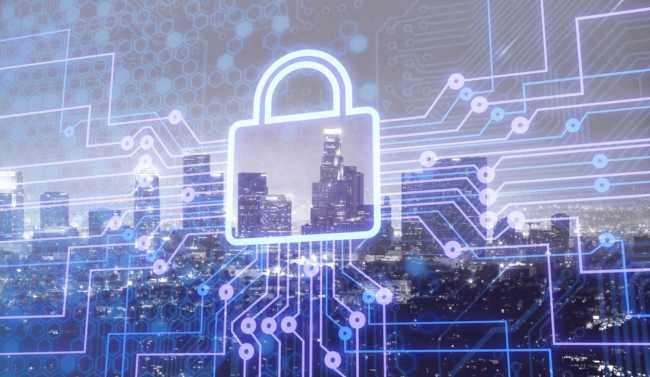‘Cybersecuring’ Smart Cities
‘Cybersecuring’ Smart Cities
Are the fears of the public sector holding back progress and opportunities for improved quality of life created by smart cities?
After more than a decade of exploration, discussion and advancement, the term ‘smart city’ has come to have slightly different definitions depending on the source. However, though the term is fairly new, the underlying concept is as old as cities themselves. Whether it was the aqueducts built by the ancient Romans to bring water into cities or the introduction of paved streets, to the more modern technologies of traffic lights or underground train networks, each of these solutions were the smart city solutions of their time. In the 21st century the next phase of city evolution will be driven by technology. Today’s smart cities leverage the advancement of smart technologies: sensing, data collection, and AI to name but a few, to improve quality of life and city functionality for residents.
What we are increasingly seeing is a growing trend of exciting smart city solutions being developed, but a lack of serious commitment from municipalities to implement these solutions. All too often the hesitation stems from the perceived risks of innovating. Risk assessments must be done to ensure the proper use of public funds, and there is a justifiable fear of unintended consequences when introducing new technologies into the public sphere. The concern is that these become these become barriers that discourage the development and adoption of new technologies into the smart city landscape.
Risk aversity encourages “if it isn’t broke, don’t fix it” thinking. Cities that do not attempt to “fix” what doesn’t appear to be “broken,” will still eventually have to contend with the disruption brought by new technologies, but if they do not proactively look to exploit new smart city technologies then they may find themselves victims of the new technologies.
Ultimately, those municipalities that embrace the benefits, and fears of innovation, work diligently to separate perceived from actual risks, and take necessary measures to protect their community from those real risks, will be the cities that thrive long into the 21st century and beyond. This is a learning process; it will require constant of development and redevelopment to adapt and evolve to the threats and opportunities smart city technologies will present.
Leading Cities’ annual smart city solution competition, AcceliCITY, was established to strengthen the global ecosystem and find solutions for cities. Two of AcceliCITY’s 12 finalists, representing some of the world’s most promising smart city solutions, were cybersecurity solution providers—Acreto and Blacksands. From the more than 500 applications from 43 countries, Blacksands emerged as the 2019 AcceliCITY champion. Blacksands provides network architecture, identity and services management, threat analysis, industrial IoT architecture, and invisible dynamic networks for the purpose of protecting all types of clients, including municipalities, from cyber-attacks. It was, in part, chosen as our champion because of the increasing need for such solutions to protect the advancement of smart city solutions and the cities in which they are deployed.
Recognizing that each new sensor, for example, installed in a city creates another point of potential vulnerability for a municipal system to be hacked, is not a reason or excuse for keeping a municipality from delivering improved services or improving sustainability for its people. Instead, this provides another opportunity for cities to develop more sophisticated systems of protection and reduce the threats that may already exist.
It is our belief that cybersecurity solutions are a cornerstone, if not the bedrock, on which a solid smart city foundation must be built. These protective measures must be incorporated directly into a smart city strategy to be rolled out in conjunction with the deployment of smart city solutions. To approach this in two separate phases—project first, protection later—creates unnecessary openness to vulnerability and attack. Therefore, cybersecurity is the first step in strengthening the global smart city ecosystem, allowing smart city adopters to overcome their fear, secure their city, and champion the next stage of city evolution to a more ideal place to live, work and visit in the 21st century.
About Leading Cities
Leading Cities, an international nonprofit organization, is a global leader in Smart City solutions, city diplomacy, collaboration advancing sustainability and resilient city strategies and technologies to improve the quality of life in cities around the world. With its global network of world-class cities, Leading Cities has built tools and networks to share best practices, solutions and lessons learned among city leaders while breaking down barriers within cities by engaging each of the five sectors of the Quintuple-helix (Q-helix): Public, Private, Non-profit, Academia and Citizenry.
This article was written by Michael Lake & Graeme Mills. Michael Lake is the President and CEO of Leading Cities, headquartered in Boston, Massachusetts and with operations in 10 countries around the world. As President and CEO, Michael establishes and develops relationships with municipal governments, businesses and universities around the world, creating a global network of partner cities dedicated to implementing Smart City solutions that improve the quality of life in cities.


